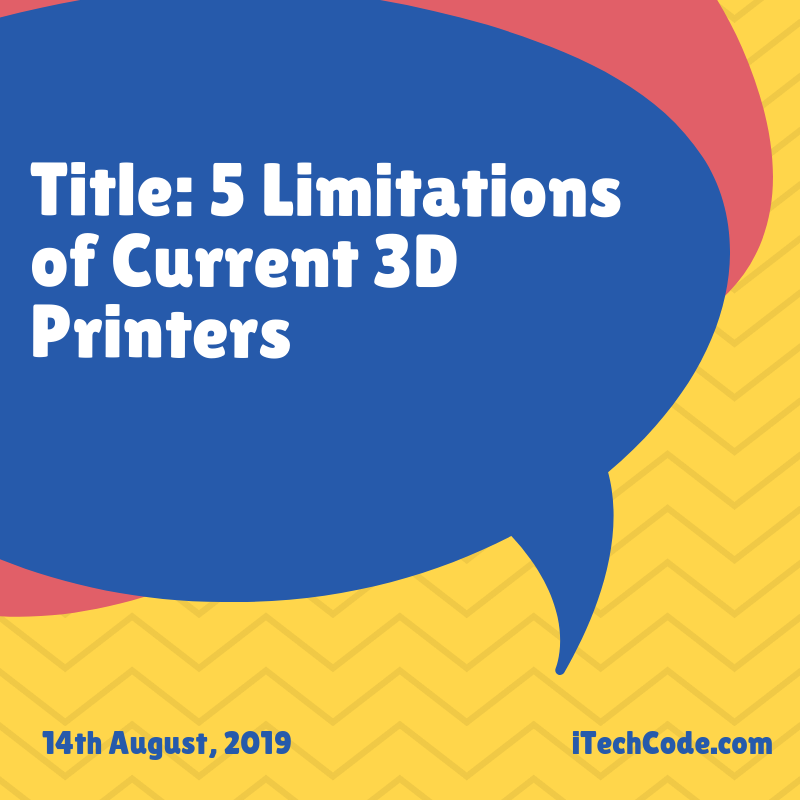3D printer kits have come a long way since its humble beginnings in the 1980s; the earliest conception of this type of buildable technology was used primarily for creating prototypes. Today, 3D printers are used for all sorts of reasons—ranging from building medical parts to creating unique toys and everything in between. Despite the fact that this type of technology is widely available to people more than ever before, there are still some limitations to using kits that must be considered. This is true whether you are using a nylon 3D printer or a printer of another type.
Precision Limitations
Most standard printer nozzles are about .4 mm; this means that if the piece you’re creating requires something to be ultra-high precision, you won’t be able to achieve that with a standard printer nozzle. You will either need to obtain a more precise nozzle or you will have to switch gears. Currently, most modern printers cannot achieve higher levels of precision on their own, so you may need to keep this in mind when determining which settings to use or which option to take with your items.
Material Limitations
Another element to consider is the material limitations. Only certain materials can be used to fill 3D printers, including certain types of steel, titanium, specific types of plastic and more. If the objects that you need to be produced have a different material that is not compatible with the printer, you will have to find a new way to have it produced. In many cases, the material that is off-limits for this type of printer.
Model Limitations
This is one element of 3D printing that is frequently ignored—and this ignorance is a disservice to anyone interested in this type of technology. The design, creation, and implementation of models with this type of technology a requirement for the creation of anything using a 3D printer. Without models, the objects would not—and could not—exist. However, this is technically a limitation, as the fact remains: you can’t make something unless you have a model for it. For instance, if your handheld vacuum breaks down, and you don’t have a model for the piece that needs to be replaced, you will be unable to create the missing piece.
Quantity Limitations
Another limitation that can greatly impact the way people view these machines is the current limitations regarding the number of items being created. In general, these types of printers are best for small quantity production—anything remotely approaching mass production or simply large scale production cannot be achieved with this type of printer. It is likely that this limitation will take some time to solve—if it can be solved in any significant way—but for now, you’ll have to limit your product to a few things.
Final Thoughts
While this type of technology does have its drawbacks, the greater accessibility showcased by gradually lowering 3D printer cost options available at sites such as dibbsto.co.uk; if you are in the market for a 3D printer, consider checking out their site for options.

You can also stay updated by subscribing to iTechCode.